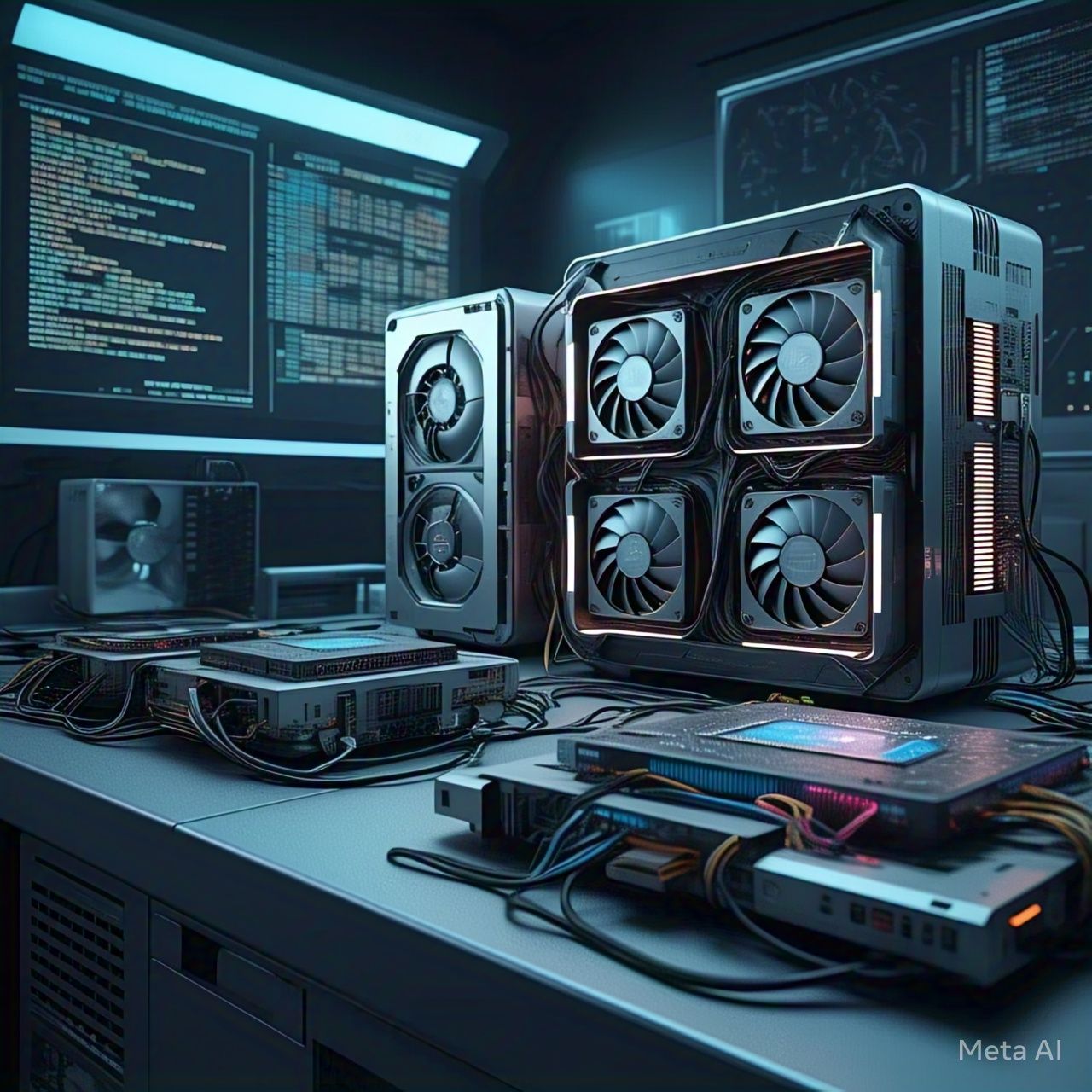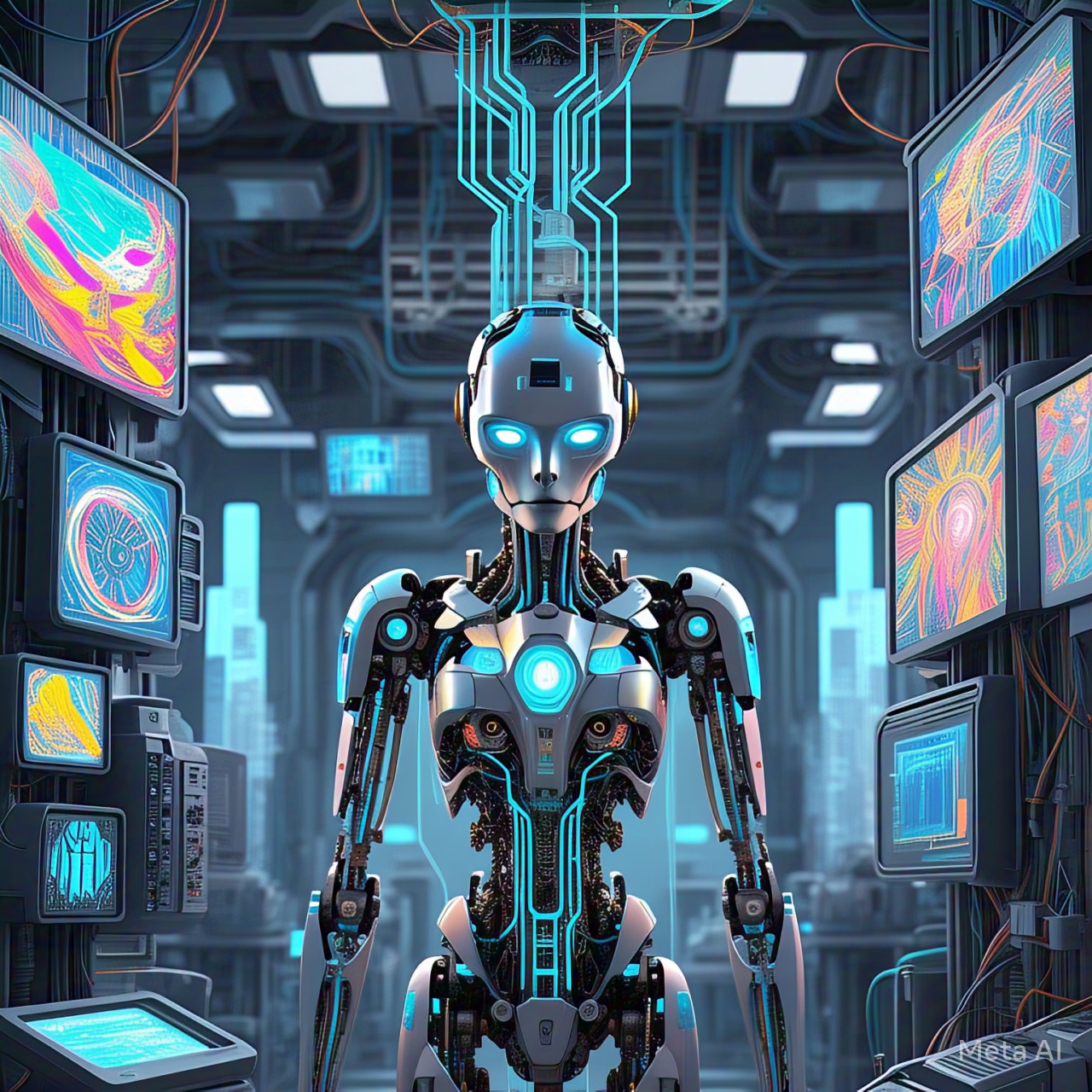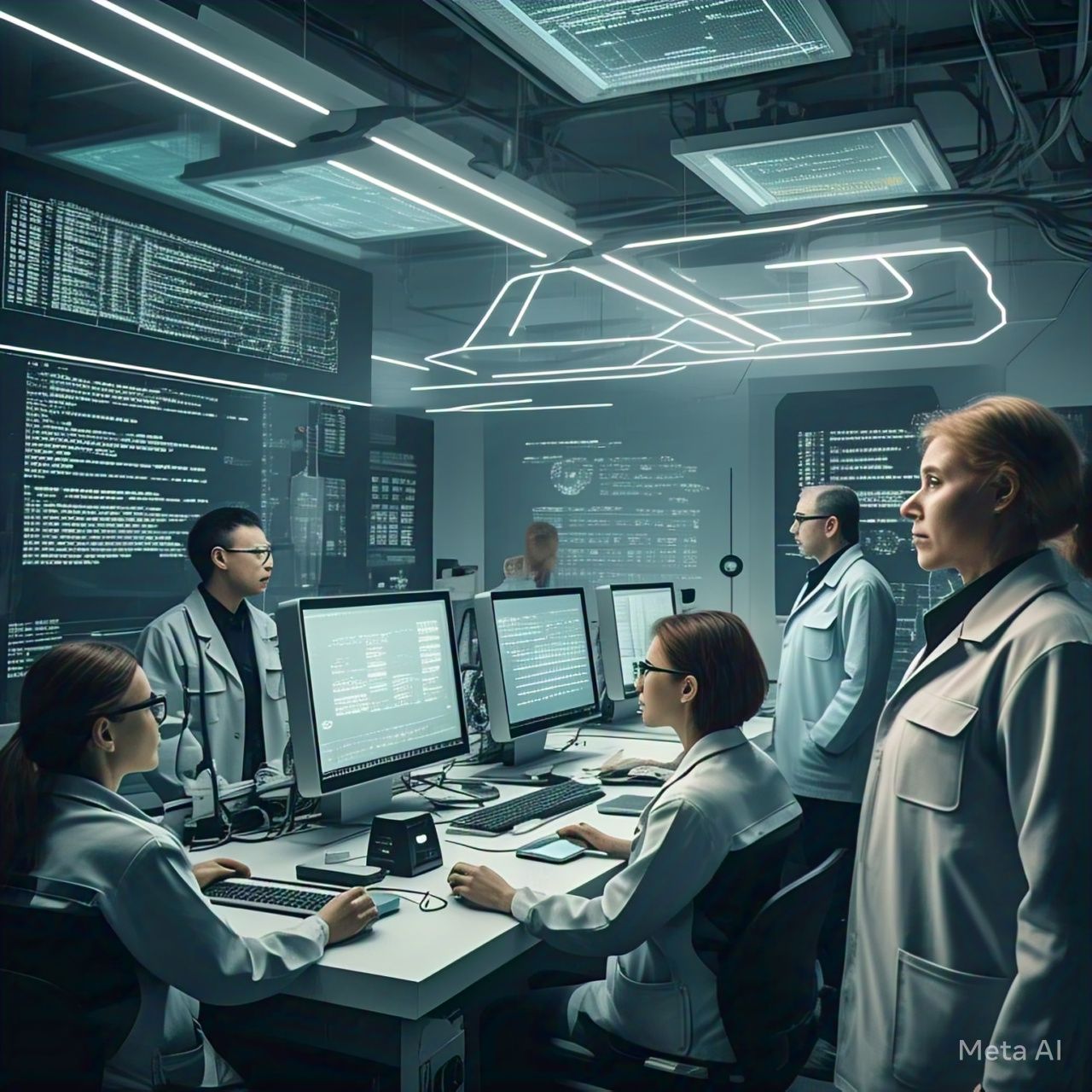As artificial intelligence (AI) continues to reshape industries, the debate over the best processing hardware has intensified. Central Processing Units (CPUs) and Graphics Processing Units (GPUs) are at the core of AI computation, each offering unique strengths and weaknesses. But as AI-driven applications demand faster processing and increased efficiency, which one truly leads the future? Let’s explore the battle between AI-powered GPUs and CPUs.
Understanding CPUs and GPUs
What is a CPU?
A CPU is the brain of a computer, designed for general-purpose processing. It excels in executing sequential tasks and is optimized for single-threaded performance. CPUs are commonly used in operating systems, basic applications, and everyday computing tasks.
What is a GPU?
Originally developed for rendering graphics, GPUs are specialized processors capable of handling parallel computations. Unlike CPUs, which focus on one task at a time, GPUs can process multiple operations simultaneously, making them ideal for AI workloads, deep learning, and data-intensive applications.
AI Workloads: CPU vs. GPU Performance
1. Parallel Processing Power
GPUs have thousands of cores optimized for parallel execution, allowing them to process vast amounts of data simultaneously. This makes them superior for AI tasks such as deep learning, neural network training, and real-time analytics. In contrast, CPUs have fewer cores but higher clock speeds, making them more efficient for tasks that require complex logic and sequential processing.
2. Training AI Models
AI model training requires extensive matrix operations and large-scale computations. GPUs, with their parallel processing capabilities, significantly accelerate model training compared to CPUs. NVIDIA’s Tensor Core GPUs, for instance, are specifically optimized for deep learning and outperform CPUs in training AI models by a substantial margin.
3. Inference Performance
Inference refers to applying trained AI models to real-world scenarios. While GPUs excel in training models, CPUs are often preferred for inference tasks, especially in low-power environments like mobile devices and embedded systems. However, advancements in GPU technology, such as TensorRT and optimized AI accelerators, are narrowing this gap.
4. Energy Efficiency
Energy consumption is a critical factor in AI computation. GPUs, while highly efficient for AI workloads, consume significantly more power than CPUs. In contrast, CPUs are designed for energy-efficient processing, making them suitable for applications where power consumption is a priority.
The Rise of Specialized AI Chips
As AI computing evolves, the need for specialized AI chips has grown. Companies like Google (TPUs – Tensor Processing Units) and Apple (Neural Engines) are developing custom processors tailored for AI workloads. These specialized chips aim to bridge the gap between GPUs and CPUs, offering high performance with optimized power efficiency.
Future Trends: Which One Will Dominate?
- AI Acceleration Technologies – GPUs are continuously evolving with AI-focused advancements, such as NVIDIA’s Ampere and Hopper architectures, which push the boundaries of deep learning performance.
- Hybrid Architectures – The future may not be an outright battle between CPUs and GPUs but rather an integration of both. AI frameworks are already leveraging hybrid models that combine the strengths of CPUs, GPUs, and AI accelerators.
- Quantum Computing – While still in its infancy, quantum computing could disrupt AI processing altogether, potentially rendering both GPUs and CPUs obsolete in AI computation.
Conclusion
Both CPUs and GPUs play crucial roles in AI development, each excelling in different areas. While CPUs offer flexibility and efficiency for general-purpose tasks and AI inference, GPUs dominate AI model training and large-scale computations. As AI continues to evolve, a combination of CPUs, GPUs, and specialized AI chips will likely shape the future of intelligent computing.
In the end, the right choice depends on the specific AI workload. As technology advances, the distinction between these processors will blur, leading to a new era of AI-driven computational power.




